-
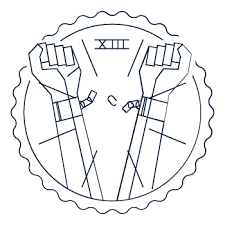 Abolishes Slavery
Abolishes Slavery -
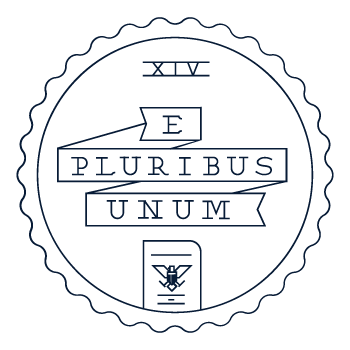 Rights of citizenship, due process of law, and equal protection of the law.
Rights of citizenship, due process of law, and equal protection of the law. -
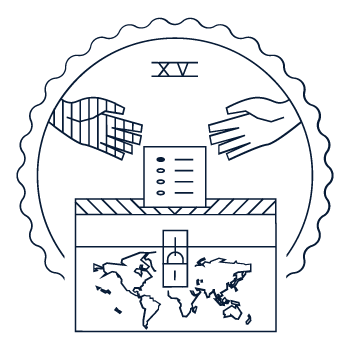 The right to vote should not be denied on account of race or color.
The right to vote should not be denied on account of race or color.
(African American males right to vote) -
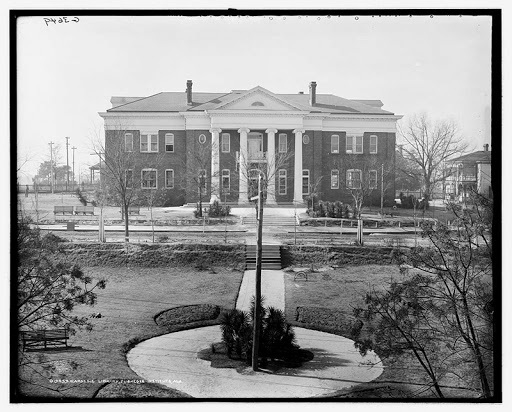 Founded by Booker T. Washington,"established a normal school for colored teachers". Provided students with academic and vocational training.
Founded by Booker T. Washington,"established a normal school for colored teachers". Provided students with academic and vocational training. -
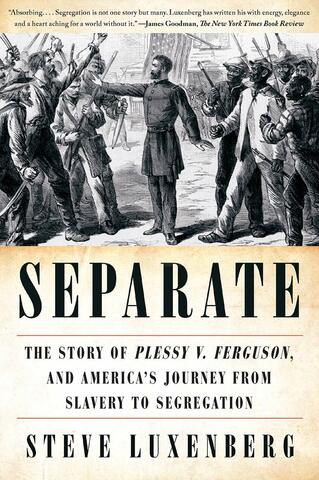 Establishes "separate but equal"
Establishes "separate but equal" -
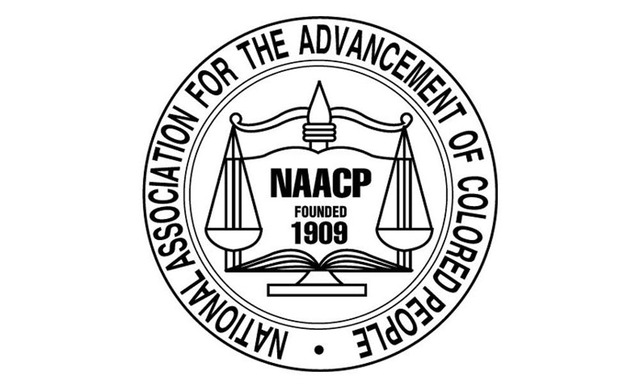 Key founder W.E.B Du Bois. National Association for the
Key founder W.E.B Du Bois. National Association for the
Advancement of Colored People. Civil Rights organization to help
fight for African American rights. -
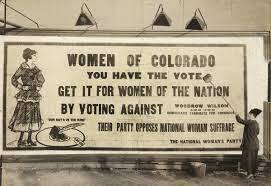 Right to vote should not be denied on the account of sex (Women
Right to vote should not be denied on the account of sex (Women
get the right to vote) -
Proposed by the National Women's political party, it was to provide
for the legal equality of the sexes and prohibit discrimination on the
basis of sex. Defeated in 1972. -
 President Truman abolished discrimination "on the basis of race,
President Truman abolished discrimination "on the basis of race,
color, religion or national origin" in the military (integrated units) -
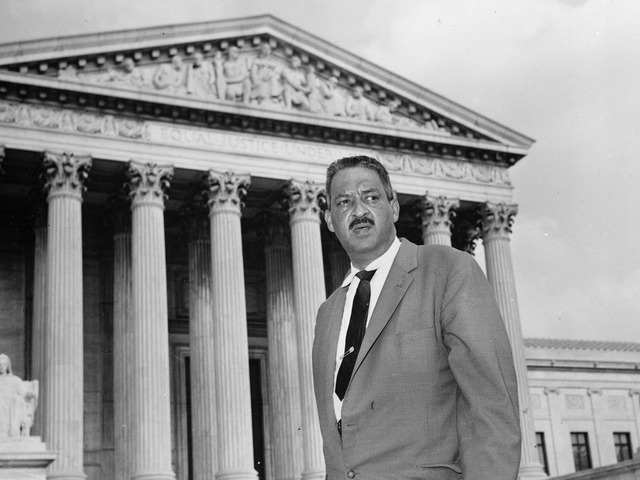 Integrated public schools. Overturns Plessy v. Ferguson.
Integrated public schools. Overturns Plessy v. Ferguson. -
Civil Rights protest in which African Americans refused to ride city
buses protesting segregated seating. Key person: Rosa Parks -
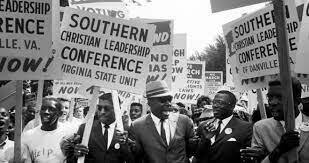 Advance civil rights in a non-violent manner. Key member: MLK
Advance civil rights in a non-violent manner. Key member: MLK -
 Governor Orval Faubus prevented 9 African American students
Governor Orval Faubus prevented 9 African American students
from entering the high school. President Eisenhower uses the National Guard to protect students' entry into the school. -
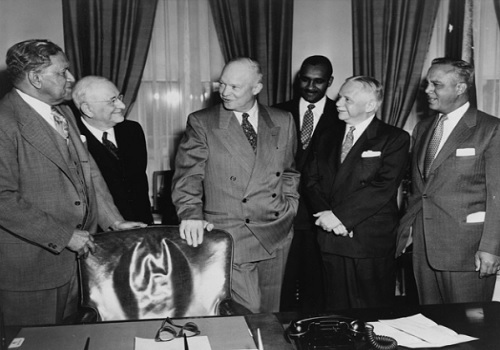 President Eisenhower established the Civil Rights Section of the
President Eisenhower established the Civil Rights Section of the
Justice Department and empowered federal prosecutors to obtain
court injunctions against interference with the right to vote -
Four African American students sat at a whites-only lunch counter
and refused to leave after being denied service. Protesting racial
segregation. -
 Mexican-American civil rights movement.Artists began using the
Mexican-American civil rights movement.Artists began using the
walls of city buildings, housing projects, schools, and churches to depict Mexican-American culture. -
 Student political organization civil rights movement group. Used nonviolent tactics.
Student political organization civil rights movement group. Used nonviolent tactics. -
Civil rights activists who rode interstate buses into the segregated
the southern U.S. Challenged and protested local laws that ignored
integration. -
in 1962 co-founded the National Farm Workers Association (later
called the United Farm Workers Union). Was a Latino American civil rights activists. -
He defends the strategy of nonviolent resistance to racism
-
He called for civil and economic rights and an end to racism in the
The U.S. -
Prohibits the poll tax in elections
-
LBJ outlaws discrimination based on race, color, religion, sex, or
national origin. It prohibits unequal application of voter registration
requirements, and racial segregation in schools, employment, and public accommodations. -
MLK led thousands of nonviolent demonstrators to Montgomery,
Alabama where local African Americans had been campaigning for
voting rights. -
LBJ outlawed the discriminatory voting practices adopted in many
southern states after the Civil War -
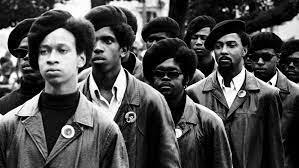 A political organization founded to challenge police brutality against the African American community.
A political organization founded to challenge police brutality against the African American community. -
Lawyer for the NAACP that argued for Brown v. Board of Ed.
Appointed by LBJ. First African American to serve on the Supreme
Court. -
James Earl Ray assassinated Dr. King in Memphis, TN outside his
hotel room. -
Initially formed to address Native American affirmation, treaty
issues, spirituality, and leadership while also addressing incidents of
police harassment and racism against Natives. Their paramount
objective is to create "real economic independence for the Indians”. -
Appointed by Reagan. The first female to serve on the court.
-
Appointed by Obama. First Hispanic and Latina to serve on the
court.